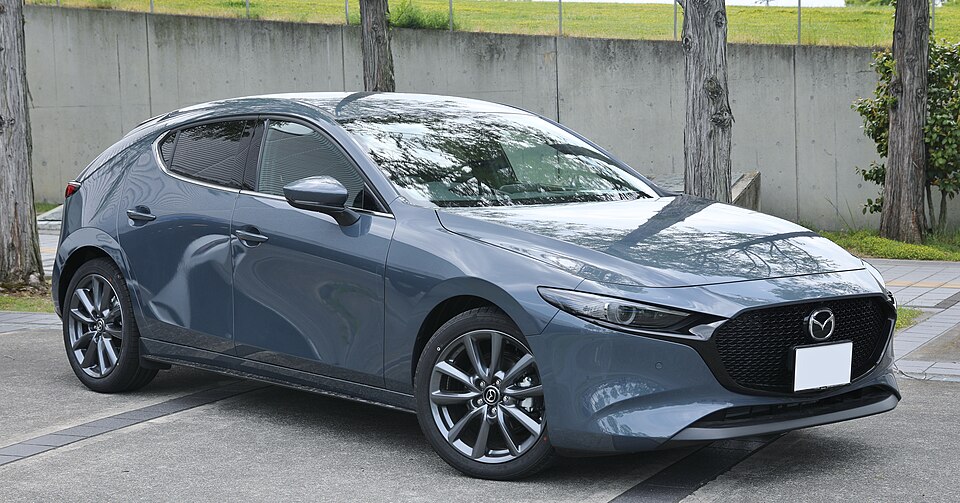In modern vehicles, electronics are just as important as mechanical reliability. With touchscreens replacing buttons, sensors doing the work of drivers, and safety systems becoming increasingly automated, the integrity of a car’s electronic systems plays a crucial role in ownership satisfaction.
People who buy sedans are often looking for a balance of comfort, fuel economy, and long-term dependability. However, as the years go by, one of the most common complaints car owners voice is not about engine issues or poor gas mileage but about electronic features failing to work as intended.
From infotainment systems freezing to advanced driver assistance features shutting down unexpectedly, electronic glitches can turn a great car into a source of daily frustration.
Some sedans have earned a reputation for keeping their electronic components solid and dependable year after year. Whether it’s the navigation staying accurate, Bluetooth connecting instantly, or safety systems doing their job reliably, these cars seem to offer peace of mind when it comes to tech.
On the flip side, some vehicles frequently cause owners to visit the dealership not because of broken axles or worn-out brakes but because the screen won’t respond or the blind spot monitor flickers for no reason. And while these issues don’t always leave you stranded, they do chip away at the trust and confidence you should feel behind the wheel.
It’s not always about the badge on the front of the hood, either. Some premium brands struggle with electronics just as much as entry-level models. That’s because high-end features mean more complexity, which opens the door to bugs and failures.
On the other hand, some mainstream sedans with simple but well-executed tech can go thousands of miles without a hiccup. Reliability in this area is not just about software; it’s also about how well the systems are integrated and tested before hitting the market.
Below are ten sedans split into two clear categories. Five that are known for having electronic systems that continue to perform with minimal issues over time. And five that are repeatedly mentioned by owners, mechanics, and reviewers as frustrating when it comes to tech reliability. The goal is to help car buyers make informed decisions based on long-term satisfaction, not just showroom sparkle.
Also Read: 5 Cars With Durable Cup Holders vs 5 That Break Easily
5 Sedans That Constantly Glitch
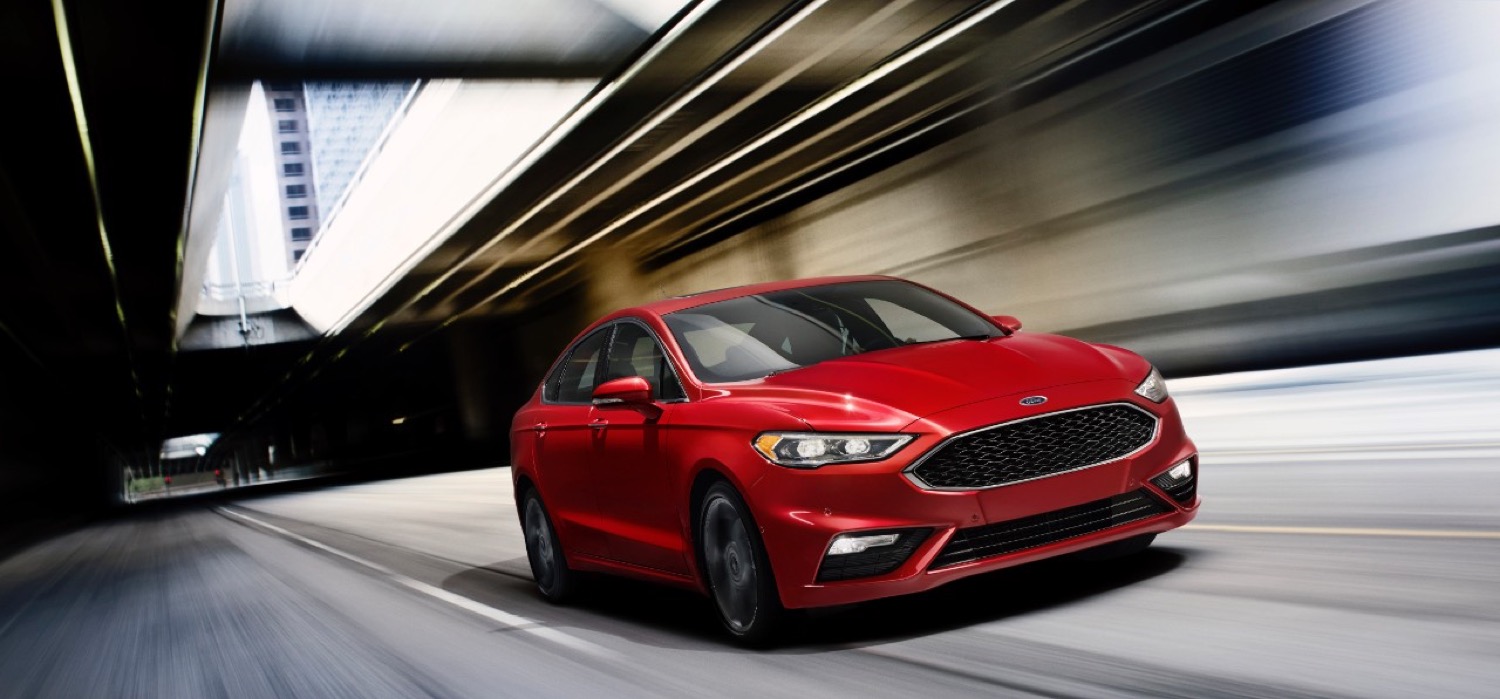
Ford Fusion
The Ford Fusion, despite being a popular choice in its segment, has often faced criticism for its inconsistent electronics. A major area of concern lies in its Sync infotainment system, which, while initially appealing due to its wide range of features, has developed a reputation for being temperamental.
Drivers report issues such as the touchscreen freezing mid-use, unresponsive menus, and dropped Bluetooth connections, even when using compatible devices. These problems aren’t limited to older models; even newer units have been flagged for occasional sluggishness, especially when multitasking between navigation, media, and phone interfaces.
Voice command functionality in the Fusion also falls short of expectations. The system frequently misunderstands inputs, forcing drivers to repeat commands or default to manual controls. In situations where hands-free operation is vital for safety, this limitation becomes a significant distraction.
The navigation software is another point of frustration, with some users citing outdated maps, slow route recalculations, and inconsistent traffic data as reasons for choosing alternative devices or phone apps over the built-in system. These ongoing issues reflect a broader problem with software optimization and update support.
Further complicating matters, the Fusion’s driver-assist features don’t always operate as intended. While technologies like adaptive cruise control, lane-keeping assist, and parking sensors are attractive on paper, users have noted that these systems can behave unpredictably.
Sudden disengagements, false alerts, and overreactions to harmless objects have led some owners to deactivate the features altogether. This undermines the sense of safety and innovation that the Fusion aims to provide and contributes to growing dissatisfaction among technology-minded consumers.
In addition to these problems, various convenience systems such as electronic climate control, power windows, and remote start have displayed reliability issues. Reports of these features failing intermittently or requiring repeated inputs are common. In colder climates, remote start occasionally fails to engage or misreports the engine’s status.
These electronic inconsistencies can create a compounding sense of unreliability, turning daily driving into a frustrating experience rather than a smooth one. While the Fusion excels in ride comfort and design, its persistent electronic shortcomings continue to dent its reputation in an increasingly tech-focused market.
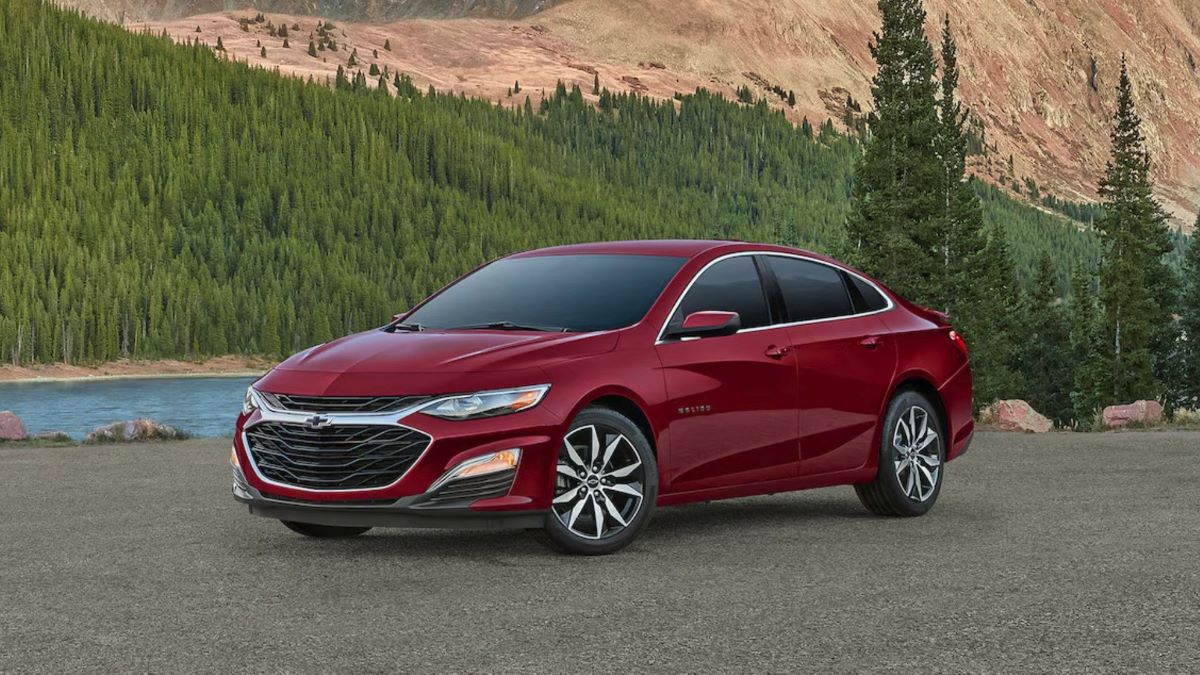
Chevrolet Malibu
The Chevrolet Malibu, while stylish and comfortable, has often let down its owners in terms of electronic dependability. The infotainment system, designed to be intuitive and comprehensive, can instead be frustrating to interact with.
Users frequently mention freezing screens, unexpected shutdowns, and complete system reboots, often while using basic functions like changing radio stations or initiating phone calls. For drivers who depend on in-car technology during commutes, this level of instability can be more than just a minor inconvenience; it becomes a reason to question the vehicle’s build quality.
One recurring complaint involves the Malibu’s Bluetooth and smartphone integration. Pairing issues, sudden audio drops, and unresponsive controls plague the experience, leading many drivers to abandon the built-in interface in favor of portable devices.
When features like Apple CarPlay and Android Auto, which are supposed to streamline connectivity, instead become a source of frustration, they lose their value entirely. Software updates intended to fix these issues often arrive too late or fail to resolve the core problems, leaving users stuck in a cycle of unreliable technology.
The Malibu’s advanced driver-assistance systems also fall short in reliability. Forward collision alert, lane-keeping assist, and automatic emergency braking can produce false positives or fail to activate at critical moments. Owners have described situations where alerts sounded for no apparent reason or, conversely, didn’t engage when truly needed.
These inconsistencies not only diminish the functionality of the features but also create anxiety and mistrust. Drivers should feel supported by these systems, not distracted or worried by their behavior. Unfortunately, many Malibu owners feel that these tech features work more like beta tests than finished systems.
Additionally, climate control malfunctions and issues with electronically controlled features such as the push-button start system have added to the frustration. Delayed ignition responses or key fobs not being detected have been reported across multiple model years.
Climate control displays sometimes show incorrect settings, or the air conditioning system fails to activate, even when all indicators suggest it should be working. These seemingly small failures add up over time, wearing down driver confidence and satisfaction. The Malibu may perform well on the road, but its electronic hiccups continue to tarnish what could otherwise be a solid sedan option.
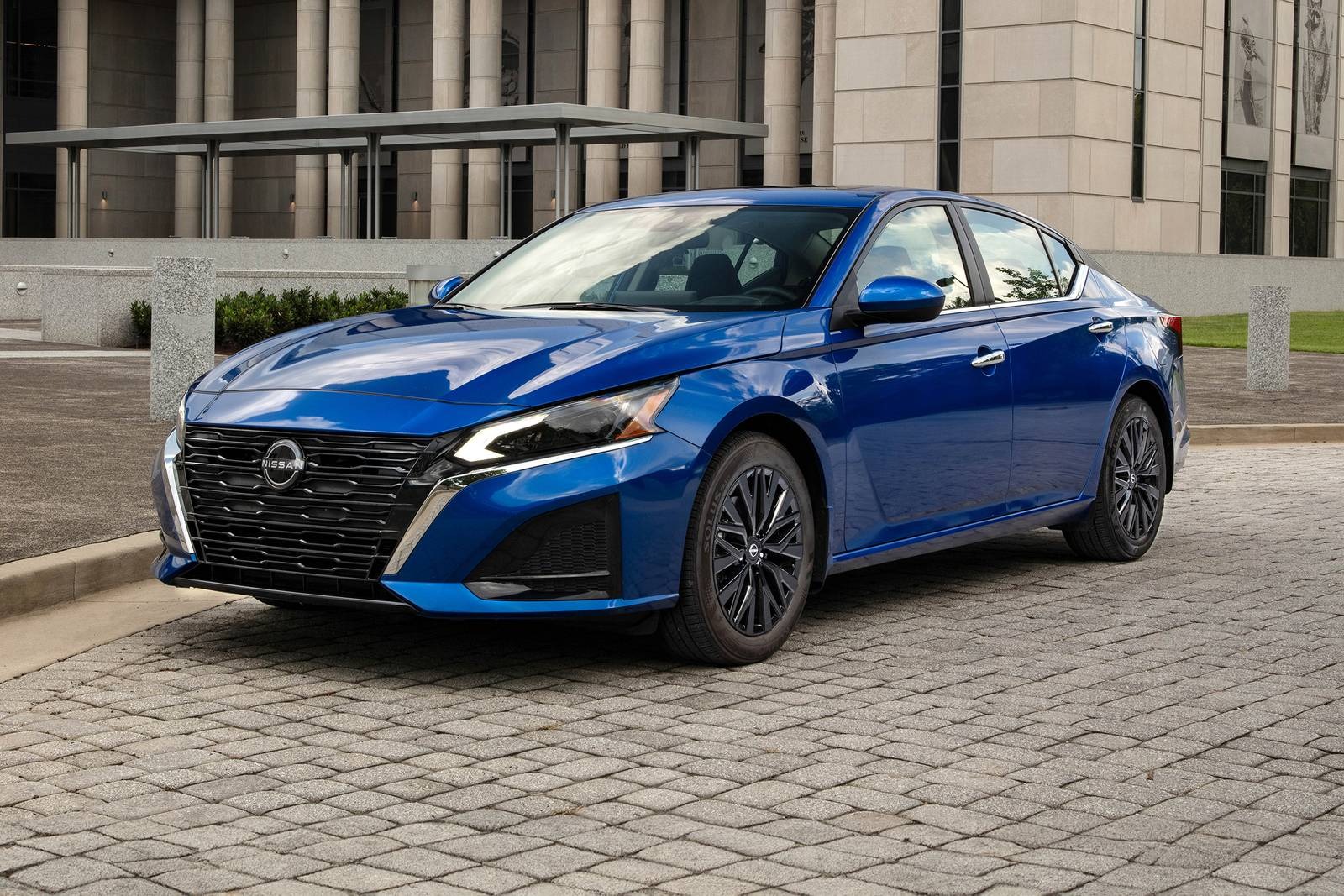
Nissan Altima
The Nissan Altima is a widely sold and well-recognized sedan, but it carries a reputation for troublesome electronics that can sour the ownership experience. The infotainment system, often touted as feature-rich, is a common source of complaints. Drivers frequently encounter system crashes, frozen screens, and persistent lag when using navigation, streaming music, or connecting devices.
Despite hardware updates over recent model years, these issues persist, and software updates don’t always bring meaningful improvements. In some cases, the only fix is a full system reboot or a trip to the dealership, which isn’t a sustainable solution for most drivers.
One of the biggest letdowns in the Altima is its Bluetooth connectivity. It’s not uncommon for drivers to experience random disconnects during phone calls or media playback, even with newer smartphones. The unreliability undermines features that are supposed to make life easier, like hands-free calls or seamless audio streaming.
Some users have even reported that the system completely forgets previously paired devices, requiring full re-pairing each time the vehicle starts. These repetitive issues quickly become a source of daily annoyance, especially for those who rely heavily on in-car connectivity.
Driver-assist features in the Altima have also been inconsistent in their performance. The blind-spot monitoring system, for example, sometimes triggers when no vehicle is present, or fails to activate entirely in other instances.
The same applies to the forward collision warning and automatic braking features, which may react late or not at all, depending on road conditions. These inconsistencies not only affect user confidence in the technology but also raise safety concerns. When systems designed to enhance driver awareness actually introduce confusion, their purpose is effectively defeated.
Even non-safety-related electronics such as keyless entry and climate control are not exempt from issues. Key fobs occasionally fail to unlock the vehicle, or the push-to-start system takes multiple attempts to engage. On the interior, temperature settings may not change as requested, or the system may blow air at the wrong intensity or direction, despite user inputs.
These types of glitches highlight an underlying problem in how the Altima’s electronics are integrated and tested. While it may offer solid fuel economy and sharp styling, its electronic flaws remain a significant drawback for tech-reliant drivers.
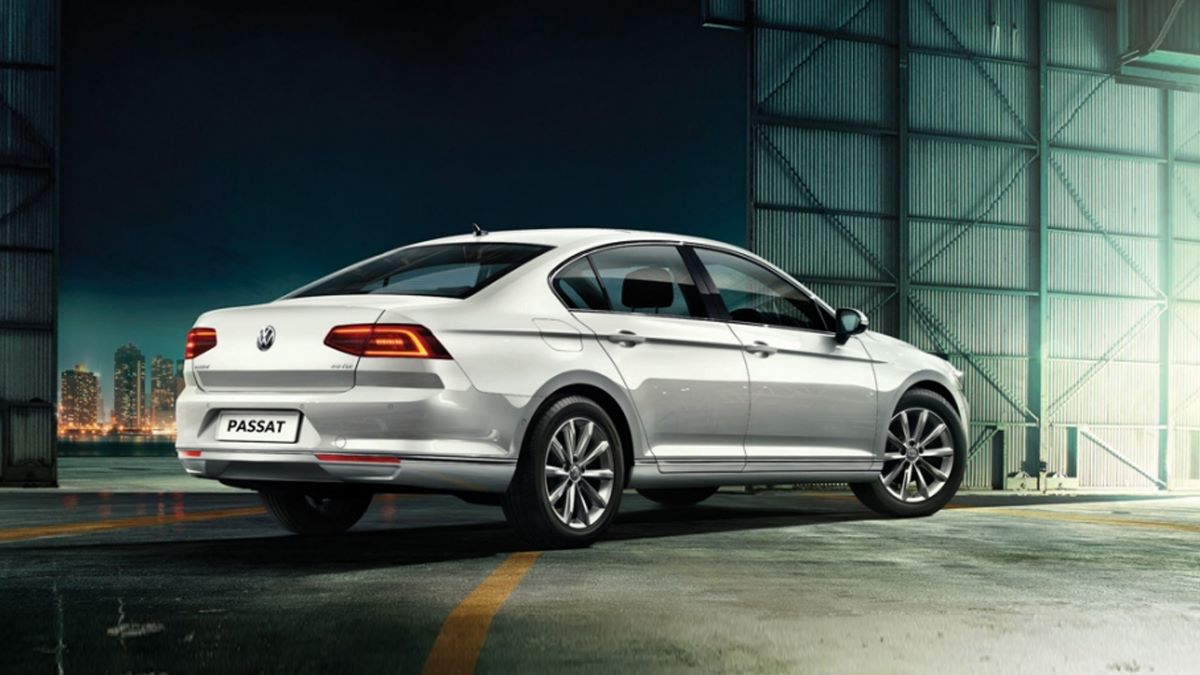
Volkswagen Passat
The Volkswagen Passat offers a comfortable ride and European styling, but it has consistently struggled with its electronic systems. The infotainment unit, a central part of the driving experience in modern vehicles, can be slow to load and prone to freezing.
This becomes especially problematic when attempting to use navigation or control music while driving, creating a less-than-smooth user experience. There are reports of unresponsive touchscreens and frequent restarts, even in relatively new models. These types of bugs, while not catastrophic, detract from the sense of precision that many buyers expect from a German-branded vehicle.
Smartphone integration also faces issues in the Passat. Apple CarPlay and Android Auto connections can drop without warning, often requiring manual re-connection. Voice control, while available, is often clunky and fails to recognize natural speech commands.
This reduces its usefulness and drives users to avoid the feature altogether. For a car in its price range, these flaws are notable and frustrating. Moreover, drivers who expect a seamless digital experience are often disappointed by the outdated feel of the Passat’s software interface and lack of customization options.
Safety systems in the Passat also show inconsistent behavior. Lane-keeping assist and adaptive cruise control may disengage without any alert, or they could issue false warnings. In urban driving, some users have noted that the forward collision warning activates unnecessarily, startling the driver rather than helping them.
At other times, the system fails to engage during genuine close calls. The reliability of these systems is crucial, and the Passat’s electronics leave a lot of room for doubt, which is something few drivers are willing to tolerate for long.
Convenience features like climate control, power seats, and even windshield wiper sensors can show unpredictable behavior. Climate settings sometimes reset after the car is turned off, while automatic wipers may activate during clear skies or fail during a light drizzle.
These irregularities are not just nuisances; they undermine the car’s usability and long-term comfort. While the Passat delivers a smooth highway ride and refined handling, its array of electronic glitches makes it hard to recommend to drivers who prioritize tech dependability.
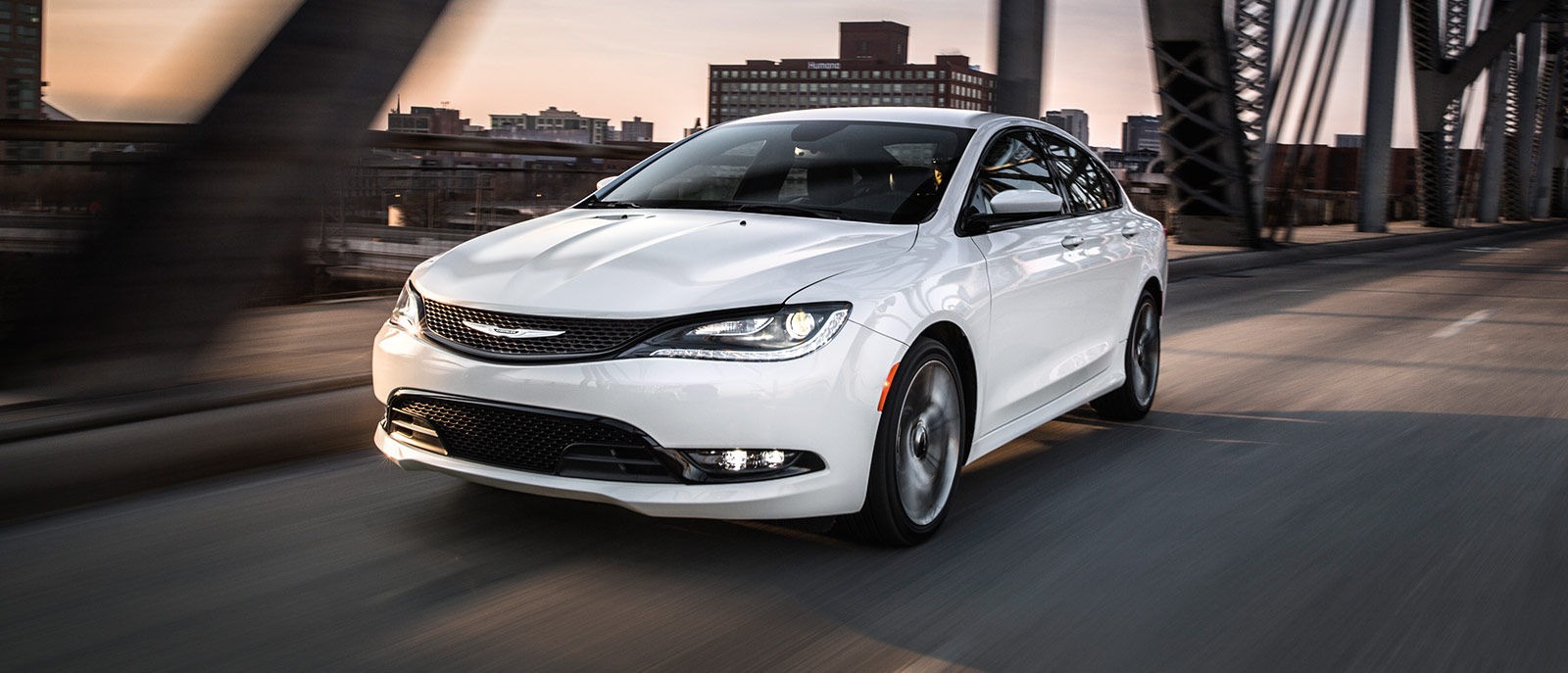
Chrysler 200
The Chrysler 200 entered the market with high expectations, combining sleek design with a range of tech features aimed at the modern driver. Unfortunately, its electronic systems have consistently fallen short of the mark. The Uconnect infotainment platform, while praised for its layout and potential, frequently suffers from performance issues.
Laggy responses, random reboots, and dropped connections are common complaints. These issues often worsen over time, leaving owners to either accept the flaws or seek frequent software updates that don’t always provide lasting solutions.
Connectivity problems extend beyond the infotainment system. Users have reported persistent pairing issues with smartphones, delayed audio transmission, and input lag when switching between different functions such as radio, media, and navigation. In many cases, the screen becomes unresponsive for several seconds, creating frustration and distraction.
When these problems occur frequently, they discourage users from relying on the system at all, which negates its intended convenience. Owners who expect a polished tech experience are left disappointed, especially when compared to other vehicles in the same price bracket.
The Chrysler 200’s driver-assist technologies also display inconsistent performance. Lane departure warnings and forward collision alerts can be overly sensitive or fail to trigger when needed. Sensors may become obstructed or throw error codes without any visible issue, requiring dealership diagnostics. This unpredictability undermines the trust that drivers place in safety technologies. In a sedan marketed toward safety-conscious buyers, these kinds of lapses are particularly damaging to its reputation.
Interior electronics such as power seats, auto-dimming mirrors, and dual-zone climate controls are not immune to failure either. Owners have reported intermittent seat memory loss, mirror flickering, and HVAC settings not responding as intended. In colder climates, the heated seats and steering wheel systems can become unresponsive or deactivate at random.
These ongoing issues paint a picture of a vehicle that lacked thorough quality control in its electronic design. While the Chrysler 200 had potential as a premium-feeling sedan, its persistent electronic faults significantly hinder its long-term value and user satisfaction.
5 Sedans That Keep Electronics Working
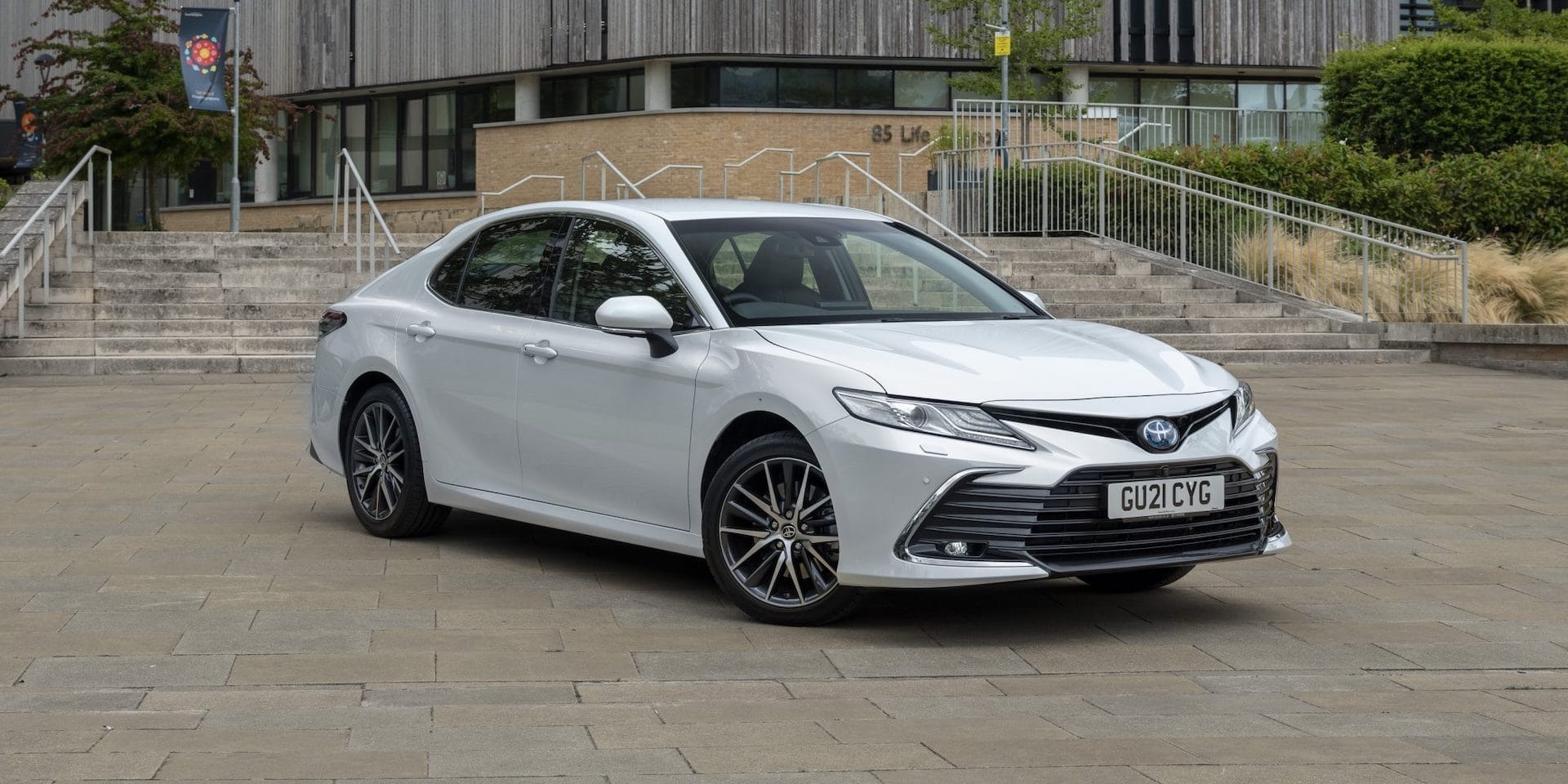
Toyota Camry
The Toyota Camry has built a strong reputation for reliability over the years, and this extends beyond its engine and transmission to the vehicle’s sophisticated electronics. One of the standout qualities of the Camry is how well-integrated and stable its infotainment system is across all trim levels.
Whether drivers use the base touchscreen or the upgraded unit in higher trims, the system responds consistently without freezing or stalling. Navigation works smoothly, and menus are logically arranged so that even those who aren’t tech-savvy can access key features quickly. It’s not the flashiest interface, but its stability and ease of use set it apart.
Bluetooth connectivity in the Camry is another area where the electronics perform well. Pairing with smartphones is typically quick and problem-free, and once connected, the system rarely drops the link. This is crucial for drivers who rely on hands-free calling or streaming services.
Toyota also ensures compatibility with both Apple CarPlay and Android Auto, which further improves the usability of the infotainment system. While some systems in other sedans may hiccup during device switching or software updates, the Camry handles these transitions with minimal issues, providing a seamless experience.
The Camry’s Safety Sense suite adds to the sedan’s electronic reputation. This package includes a host of driver-assist features like adaptive cruise control, lane-departure warning, and automatic emergency braking. Not only do these systems activate smoothly and consistently, but they also maintain their calibration better than those in many rivals.
Owners rarely report sensor misfires or false alerts, even after months or years of driving. These systems are well-balanced, alert but not overly aggressive, adding a layer of safety without becoming a distraction or an annoyance.
Even less glamorous electronic systems, such as power seat controls, climate settings, and mirror adjustments, are engineered with care. The controls remain responsive over time, settings are remembered after each drive, and the dual-zone climate system delivers accurate, reliable performance.
Drivers don’t have to fidget with controls every time they start the car, which may seem minor but adds up to an effortlessly smooth experience. Toyota’s long-standing commitment to dependable technology makes the Camry a sedan that drivers can trust not just today but for many years down the line.
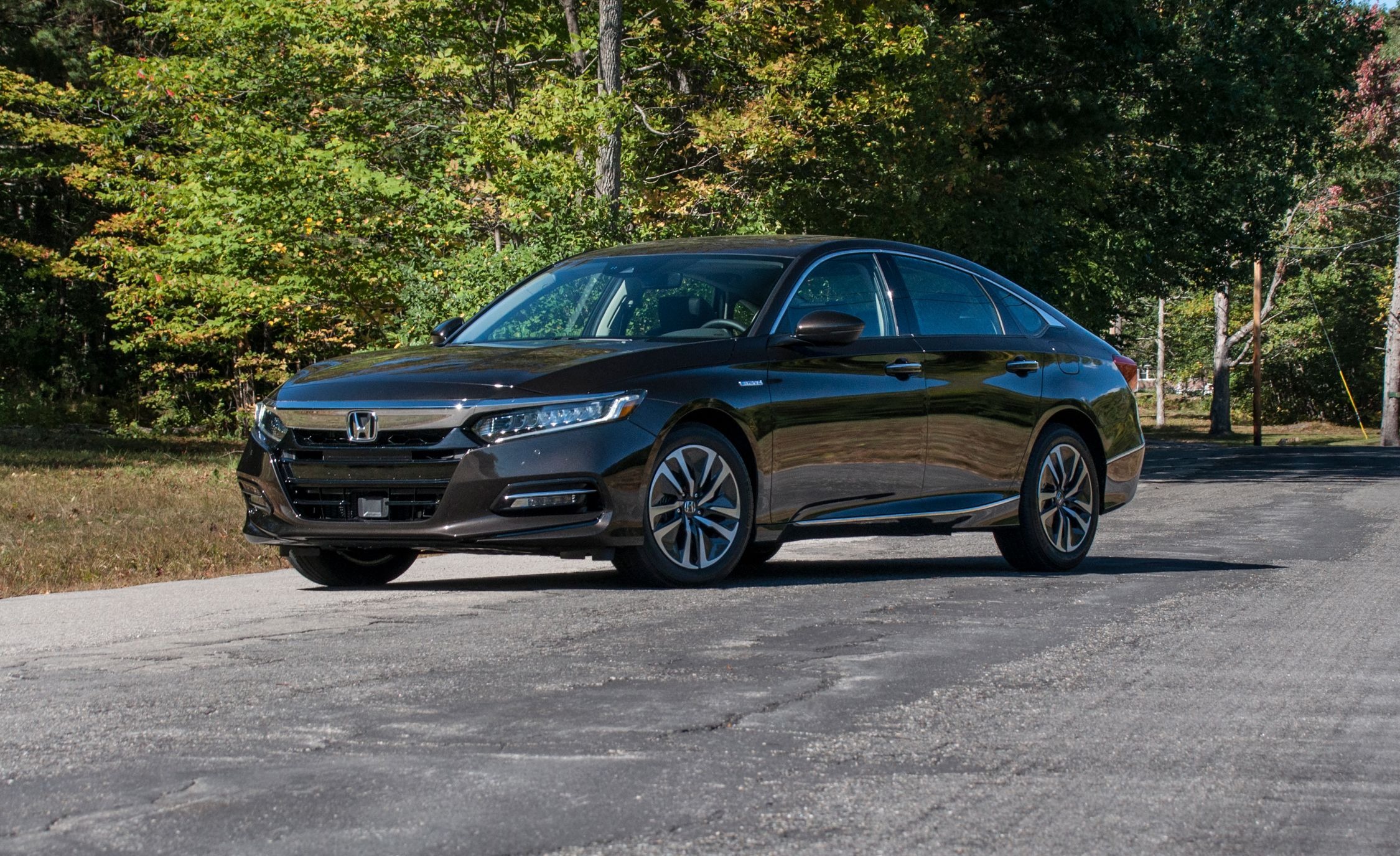
Honda Accord
The Honda Accord is widely regarded as one of the most well-rounded sedans available, and its strong suit isn’t just its handling and ride quality, but also the consistency of its electronic systems. One of the key highlights is its infotainment setup, which combines a responsive touchscreen with physical knobs and buttons for key functions.
This hybrid control design ensures that drivers can still adjust settings safely and confidently while driving, even if the screen were to experience temporary lag, which, in practice, rarely happens in the Accord. Software updates roll out regularly and tend to resolve minor bugs before they become persistent issues.
Another reason for the Accord’s reputation in this area is the seamless integration of its smartphone features. The pairing process is straightforward, and the car remembers paired devices without requiring frequent reconnection.
Whether you’re using Bluetooth for audio, Apple CarPlay, or Android Auto, the transition between phone and car is typically flawless. Streaming audio, placing calls, or sending texts through voice commands works with a level of precision that drivers often take for granted. When technology performs well enough that users forget it’s there, that’s usually a good sign.
Even beyond the dashboard, the Accord’s electronic features reflect the same level of refinement. Its push-button start, electronic parking brake, and power-adjustable seating all function without delay or misfires. Memory settings for seats and mirrors respond quickly and don’t reset unexpectedly.
The dual-zone climate control system is accurate, with even distribution and fast temperature adjustment. Taken as a whole, these details form a picture of a vehicle that has not just been designed for electronic convenience, but tested and perfected in a way that makes it a benchmark in the segment.
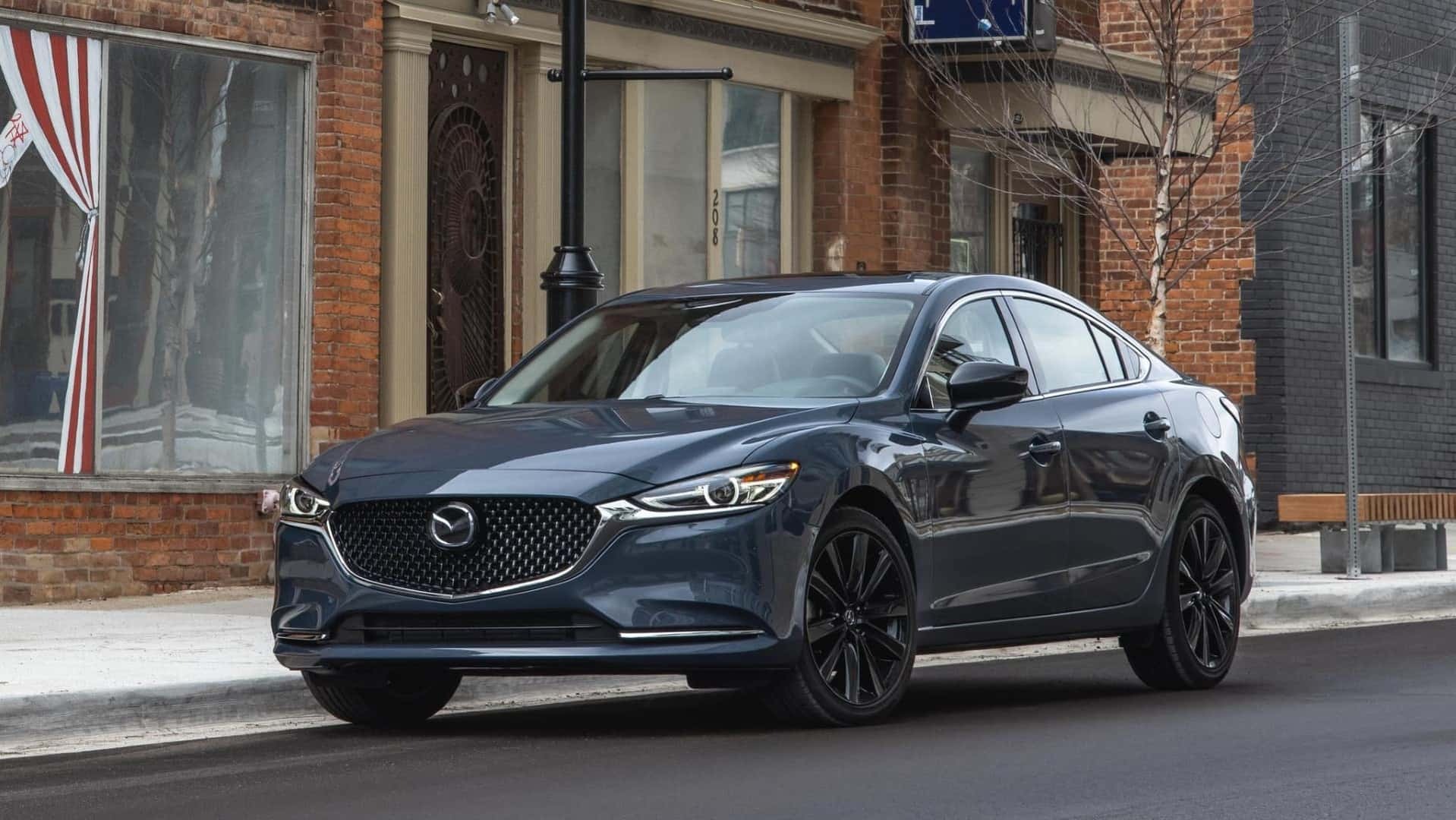
Mazda6
The Mazda6 stands out in the midsize sedan segment by blending style, performance, and reliability, and its electronic systems support this balance effectively. Rather than prioritizing flash over function, Mazda focuses on user experience and dependability.
Its infotainment system, Mazda Connect, avoids some of the pitfalls of touch-only interfaces by offering a rotary control dial that allows for precise navigation through menus. This choice reduces driver distraction and tends to have fewer lag-related issues than more complex touchscreen systems. Even with heavy usage, the system remains responsive and rarely requires rebooting or troubleshooting.
Connectivity in the Mazda6 also earns high marks. Bluetooth links to smartphones reliably and stays connected during long drives, and the car supports both Apple CarPlay and Android Auto in a smooth, error-free manner. Audio streaming quality remains consistent, and the steering wheel controls work well with voice commands and phone features.
Unlike some competitors, where simple tasks like skipping tracks or adjusting volume can feel clunky or delayed, the Mazda6 performs these functions with clarity and speed. It may not look overly flashy, but its systems work exceptionally well day in and day out.
Driver-assist technology in the Mazda6 is another area where the car excels. Features like adaptive cruise control, rear cross-traffic alert, and blind-spot monitoring operate with minimal false alarms or interruptions. These systems engage only when necessary, allowing drivers to benefit from the added awareness without being bombarded by constant beeps and warnings.
Additionally, Mazda’s implementation of these features is subtle but effective; they support the driver rather than taking over. The result is an experience that feels both modern and human-centered, instead of robotic or overbearing.
Comfort-focused electronics in the Mazda6 also deserve praise. The climate control interface is clean and reacts accurately to input, and seat heating and ventilation features work consistently, even after years of use.
Cabin lighting, electronic sunshade controls (on higher trims), and power-adjustable seat settings operate smoothly and without the gremlins sometimes found in competitors. Mazda’s attention to detail in these areas contributes to the vehicle’s strong reputation among owners who want dependable technology without unnecessary complexity or failure points.
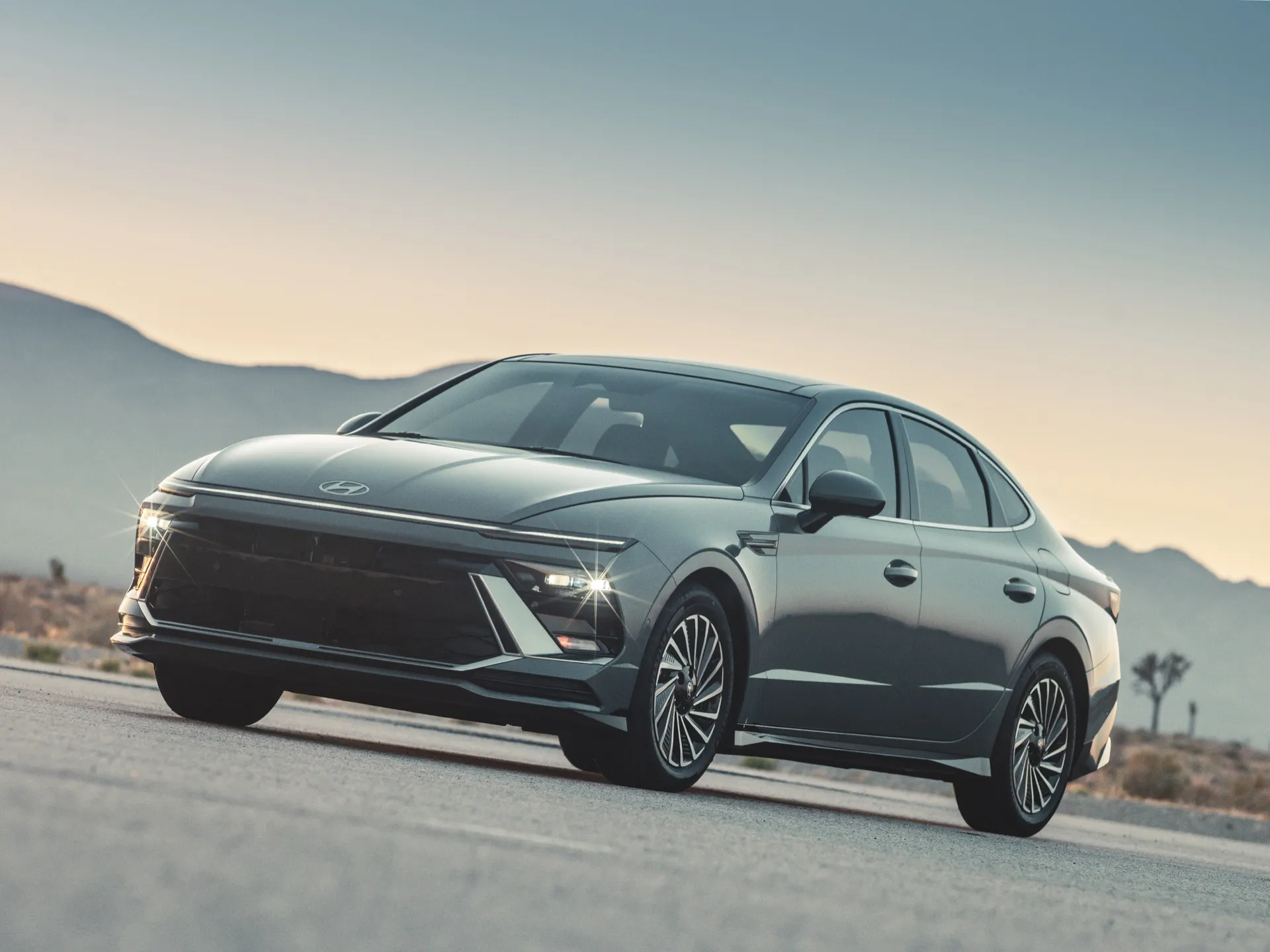
Hyundai Sonata
The Hyundai Sonata has evolved into one of the most tech-forward sedans in its class, combining user-friendly design with highly reliable electronics. One of the most impressive aspects is the intuitive layout of its infotainment system. The touchscreen interface is responsive and designed with the user in mind.
Menus are organized logically, startup time is minimal, and features respond quickly without the annoying delays that can make tech features a burden. Whether drivers are adjusting audio settings or navigating a route, the system behaves consistently, which builds trust over time.
Bluetooth and smartphone integrations are also smooth in the Sonata. Pairing typically takes under a minute, and once a device is recognized, the connection rarely drops. Features like voice texting, music streaming, and map mirroring work with minimal hiccups, even with software updates rolling out across devices.
For users switching frequently between Android and Apple phones, the Sonata handles these transitions gracefully. Hyundai also supports over-the-air updates, which means the electronics can stay current without requiring dealer visits or external devices, a rare and appreciated touch.
Hyundai has been aggressive in rolling out driver-assist technologies, and the Sonata’s systems stand out for being both comprehensive and reliable. The vehicle features highway driving assist, lane-following assist, smart cruise control, and more. Each of these systems performs with a level of consistency that drivers notice and appreciate.
Rarely do owners report systems failing to engage, triggering in error, or requiring recalibration. Hyundai has managed to strike a balance between high-tech sophistication and real-world usability, and that is reflected in positive feedback from both critics and long-term users.
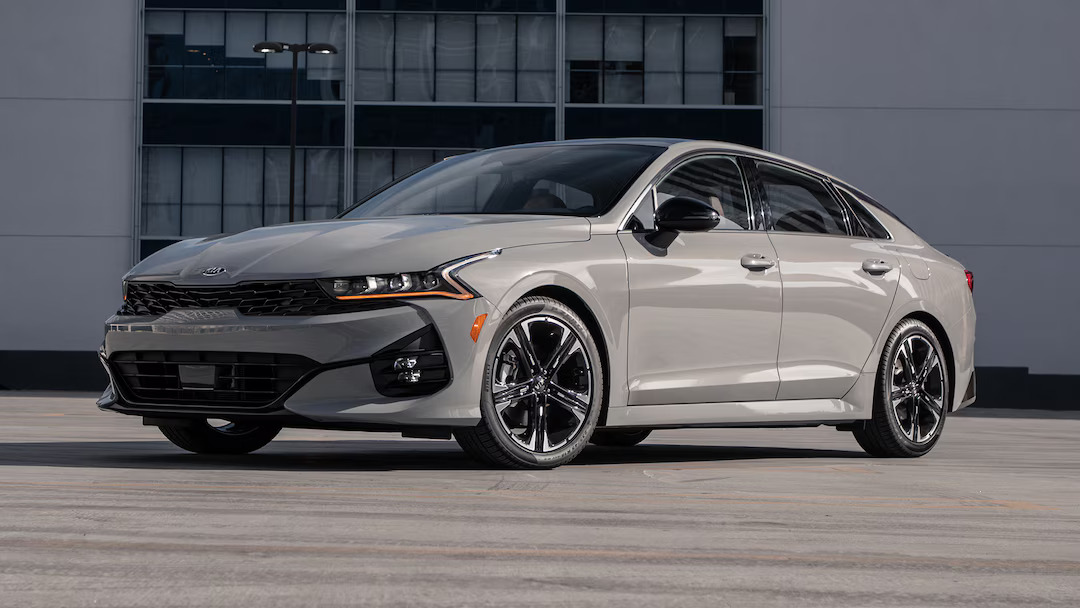
Kia K5
The Kia K5 is a relatively new entrant in the midsize sedan category but has quickly established itself as a standout for its modern design and robust electronic systems. The infotainment touchscreen in the K5 is one of the best in its class, with crisp graphics and a layout that makes navigation intuitive.
Whether using native controls or smartphone mirroring apps, users encounter very few issues. The screen rarely lags or freezes, and button inputs are recognized immediately. These are not features to take for granted; many competitors still struggle with these basic functions, especially under real-world conditions.
Smartphone connectivity in the K5 is particularly strong. Bluetooth syncing is fast and stable, and the system supports simultaneous connections for multiple devices. Apple CarPlay and Android Auto operate smoothly, without the lag or dropout issues seen in other vehicles.
Kia has also packed the K5 with a full suite of driver-assist features that work as advertised. Systems like forward collision avoidance, driver attention warning, and blind-spot monitoring function predictably and with high accuracy. False positives are rare, and the car provides alerts with enough time for drivers to react without feeling overwhelmed.
The sensors maintain calibration well over time, reducing the need for frequent service visits. Kia’s engineering team has invested in ensuring these features are not only comprehensive but also refined enough to avoid becoming a nuisance.
Additional convenience features in the K5 also perform with a level of reliability that surprises many drivers. Push-button start, wireless charging, automatic climate control, and the electronic parking brake all work smoothly even after extended use. The digital gauge cluster in higher trims offers a wealth of information without glitching or resetting.
Every element, from heated seats to adaptive headlights, seems well-tested and ready for real-world use. For a vehicle at its price point, the K5 delivers technology that punches far above its weight in terms of stability and usability.

